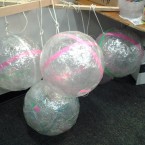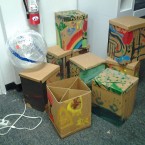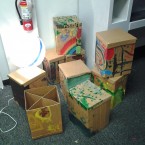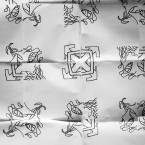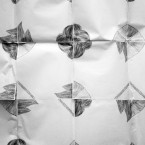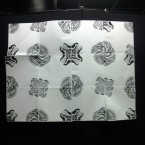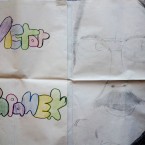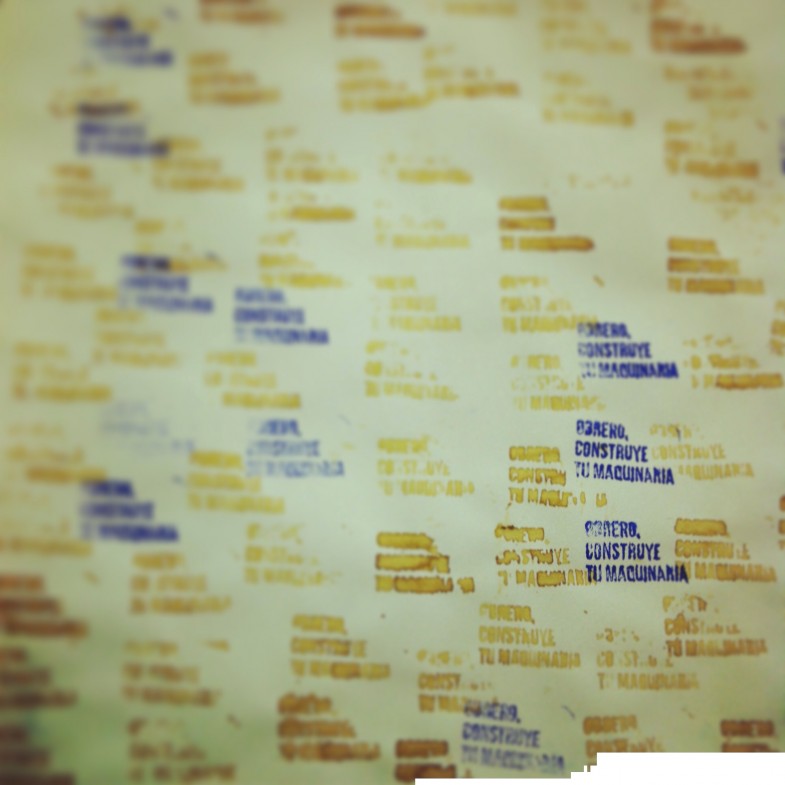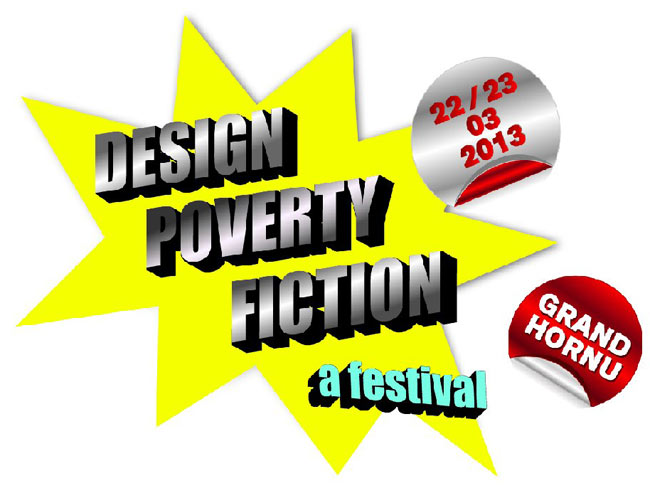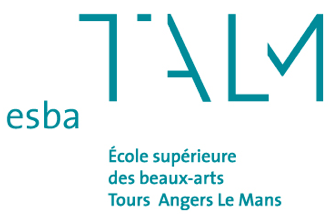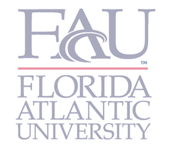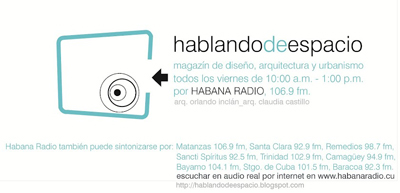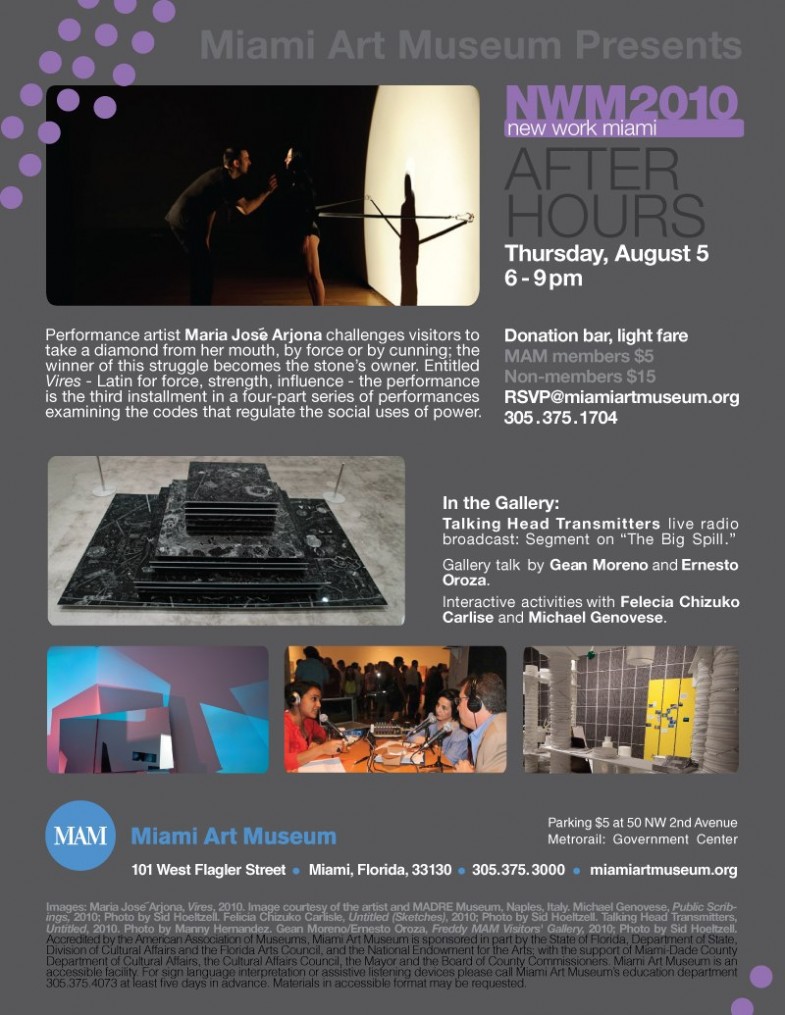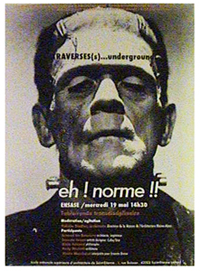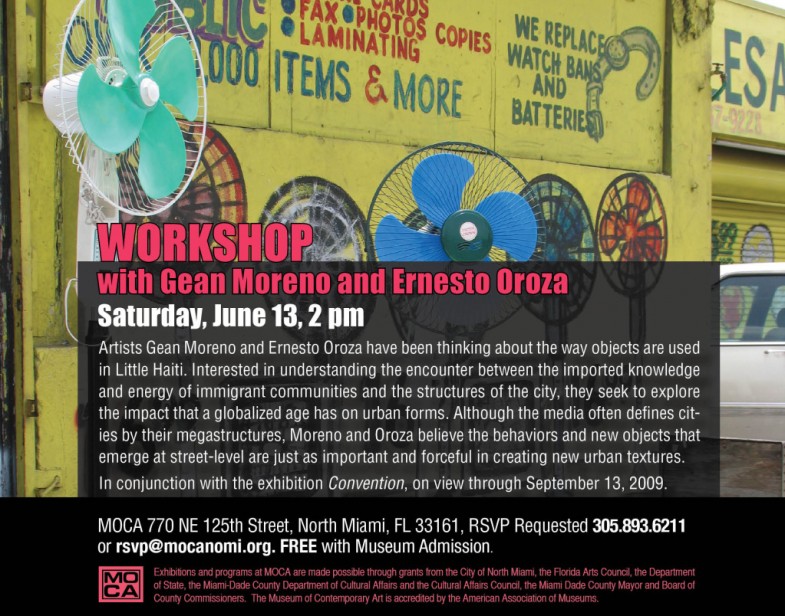The GIDEST seminar is held bi-weekly on Fridays from 12-1:30pm in the GIDEST Lab at 411, 63 Fifth Avenue.
All sessions are devoted to discussion of pre-circulated papers that can be downloaded one week in advance by clicking on the presentation title below.
http://www.gidest.org/events/2015/11/13/ernesto-oroza
Workshop at Miami Science Museum
4th-8th grades, July 2014
- Scotch-tape lampshade
- Scotch-tape lampshade and re-designed Victor Papanek cardboard structure
- -Scotch-tape lampshade and re-designed Victor Papanek cardboard structure
- Ernesto Oroza re-design of Victor Papanek’s cardboard structure
- “Non-matching tiles”, photocopy
- “Non-matching tiles”, photocopy
- “Non-matching tiles”, photocopy
- Victor Papanek by Camila and Lucas
Worker build your machinery – workshop by Ernesto Oroza, Valentina Rognoli, Marinella Levi and +LAB
Taken at Politecnico milano – aule CT. 2014
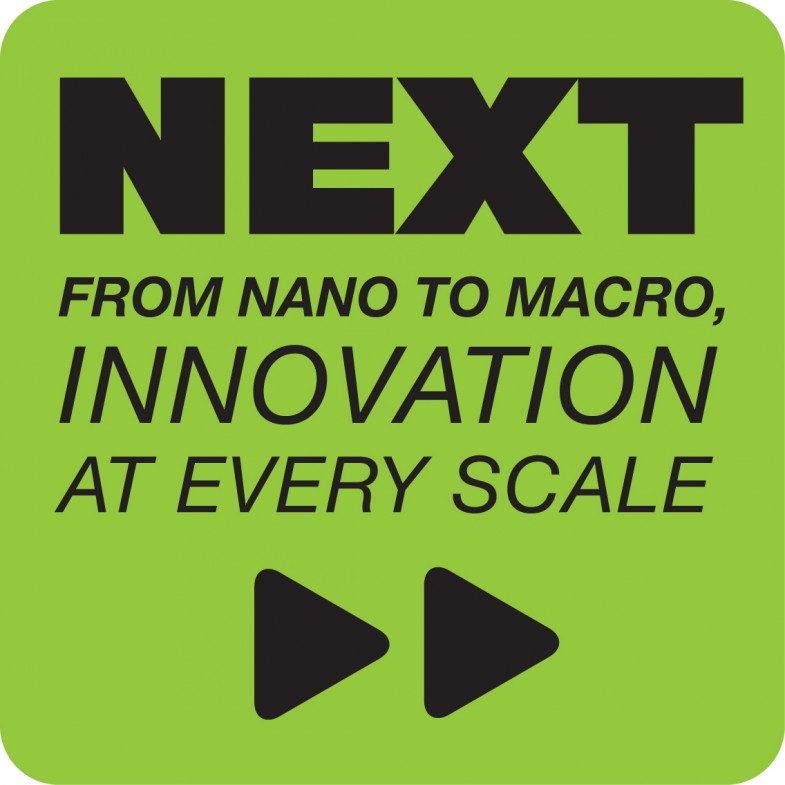
The Patricia and Phillip Frost Museum of Science and the Ryder Charitable Foundation are excited and proud to host a new two-day festival, NEXT: From Nano to Macro, Innovation at Every Scale. At NEXT, science and techie fans of all ages can learn about how technology is rapidly adapting to accommodate society’s growing demand for “the NEXT big thing.” During the weekend, visitors will discover that innovation is everywhere –from the obvious to the discreet. Activities include the following:
- Explore the journey of new ideas from concept to reality through The NEXT Big Thing Innovation Showcase by University of Miami’s The Launch Pad, and be inspired to create from inventors of a variety of ages and interests.
- Climb in a big “green” truck from Ryder and electric cars from Tesla to learn about the latest technology in sustainable transportation.
- Learn how current technological developments are leading to improvements for individuals and the environment, from better repairs for the human body to more sustainable transportation with the “nano” talk series including prominent innovators, scientists and engineers from Ryder, BioNIUM, and UM’s Department of Civil, Architectural, and Environmental Engineering.
- Dive into the “Maker” movement through two challenges. At the Mutants Maker Challenge, artist and designer Ernesto Oroza demonstrates how to repurpose the old to become new. During the Belly of the Beast Maker Activity, artist Kerry Phillips uses old and found objects to create a new community art project.*
- Become the NEXT “Maker” with the Make Me a Maker activities series for kids led by REM Learning Center South
- Get animated by altering your surroundings through a visually striking projection mapping experience in the planetarium led by Phenomenal Experience Agency.
- Discover how the very small can impact the very big with nano interactives provided by NISE Network’s Nano Days, BioNIUM, and Materials Advantage FIU Chapter.
- Stimulate your musical side with sound demos and activities with Arduino Musical Hopstotch by DCR Arduino Brigade.
- Join The LAB Miami in its weekend long Hackathon Challenge with an app showcase on Sunday at 1pm. Pre-selected programming teams will have 24 hours to complete the challenge! (The public is welcome to attend the brainstorming kick-off event on Friday, April 4th at the Museum.)
- Design your own app at The App Challenge Workshop by TECKpert.
- Learn the basics of coding with a special Coderdojo workshop on Sunday from 2pm-5pm. The workshop is free, but advanced RSVP is required. More information can be found here.
*NOTE: We encourage visitors to bring in objects for the Mutants Maker Challenge and Belly of the Beast Maker Activity. More details to come soon!
The event schedule to come soon, so check back regularly!
For more information about the Ryder Charitable Foundation, please click here.
Flash Théorie : “Autoproduction”

http://esad-reims.fr/blog/category/2.html
Mardi 12 mars 2013, de 9h30 à 13h – Médiathèque Falala, Reims • L’ESAD reprend le fil conducteur de sa recherche en Design : l’autoproduction. Avec une affiche d’invités particulièrement prestigieuse et internationale.
Qu’est-ce que l’Auto-production ?
Mettant en cause des modèles de développement, de consommation et de représentation de l’industrie à grande échelle, de plus en plus de designers choisissent – ou sont contraints – de se (ré)approprier le territoire de la production. Diverses et variées, leurs démarches vont du design d’édition à l’autoproduction assistée par ordinateur (fab lab), en passant par des unités de production semi-artisanales, et se posent comme des systèmes d’adaptation à la crise économique et industrielle de ces dernières années aussi bien que comme prises de positions éthiques, esthétiques et politiques. L’autoproduction y devient un modèle, que l’ESAD défend à travers une théorie, un système et un modèle éducatif.
Initié lors des 2èmes Rencontres Internationales de l’Art et du Design (24 octobre 2011), cette recherche s’inscrit désormais dans un vaste projet européen portant sur la notion d’Innovation Sociale intitulé Design and Social Innovation : Political Economy of the Commons (SIDESIGN ) qui regroupe onze institutions internationales.

Avec les interventions de :
Ernesto Oroza
Designer, professeur à Institut polytechnique de La Havane (1995-2000), lauréat de la Harpo Foundation grant (2010), co-auteur, entre autres, de
RIKIMBILI : Une étude sur la désobéissance technologique et quelques formes de réinvention (PUF Saint-Étienne, 2009). Projets « Architecture and Objects of Necessity ». http://www.ernestooroza.com
Daniel Sibony
Psychiatre et philosophe, auteur, entre autres, de Entre dire et faire : penser la technique, Paris, Grasset, 1989 et de Création. Essai sur l’art contemporain, Seuil 2005. http://www.danielsibony.com/
Wolfgang Schäffner
Professeur et directeur de la chaire de Cultural History of Knowledge, Humboldt Universität (Berlin), partenaire du projet européen SIDESIGN et directeur du Cluster of Excellence « Image Knowledge Gestatltung. An interdisciplinary Laboratory ».
FX Balléry
Designer diplômé de l’ESAD de Reims et du Royal College of Art (Londres), fondateur de l’agence FX Balléry Design, double lauréat du prix du Comité Colbert pour Chanel et Hermès et du prix Découvertes NOW! Design à Vivre (2012). http://www.fxballery.com
Modération :
Patricia Ribault, responsable de la recherche et Laurence Mauderli, professeur en histoire et théorie du Design à l’ESAD de Reims
Contact ESAD : 03 26 89 42 70
Médiathèque Jean Falala
2, rue des Fuseliers, 51100 Reims
Entrée Libre
YERBA BUENA CENTER OF ARTS
Scaffolds are only rarely independent structures: conversation on the temporal landscape (Screening)
William Cordova’s program at Yerba Buena Center: smoke signals: viviendo pa’ la ciudad
Nov 3, 2012 2:00pm – 5:00pm
FREE with gallery admission
A double feature of Drylongso (1998), a film by Cauleen Smith, with the director in attendance, and Para construir una casa (1972) by Nicolás Guillén Landrián, which is followed by a talk on the film and a presentation on Architecture of Necessity by Miami-based artist Ernesto Oroza.
Technological Disobedience in Berlin
Ernesto Oroza: Provisional Space/Collaborative Design
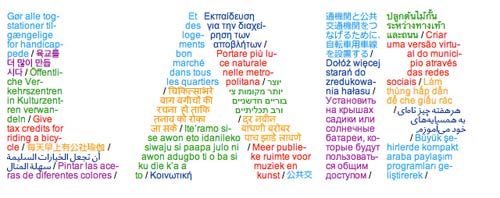

Program Information: June 15–July 5
How do we exploit the potential of a building? How can we take existing architecture and city space and produce new possibilities? In this two-day workshop, Ernesto Oroza introduces the strategies of technological disobedience and need-based architecture. Discuss and create actions to improve your city by documenting and hacking space, and help produce a printed zine. Please bring a digital camera or camera phone.
Ernesto Oroza was born in Havana, Cuba, in 1968. His work focuses on conceptual design, architecture, and theory. He was a visiting professor at Les Ateliers, Paris, in 1998, 2006, and 2010, and a professor at the Instituto Politécnico de Diseño in Havana from 1995 to 2000. Oroza received a Harpo Foundation Grant in 2010, a Cintas Fellowship in 2008, and a Guggenheim Fellowship in 2007. His publications include Editing Havana: Stories of Popular Housing (Denmark, 2011), RIKIMBILI: Une étude sur la désobéissance technologique et quelques formes de réinvention (Saint-Étienne, 2009), and Objets réinventés: La création populaire à Cuba (Paris, 2002). His work has been exhibited at the Montreal Museum of Fine Arts; The Museum of Modern Art, New York; LABoral Centro de Arte y Creación Industrial, Gijon, Spain; and the Miami Art Museum.
This program is in English with German translation.
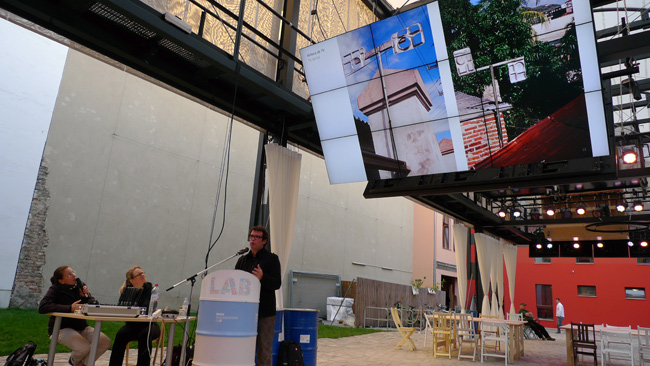
Photo by Mini Smulders
http://www.flickr.com/photos/bmwguggenheimlab/7461051728/in/photostream/
Voices: Ernesto Oroza at Gallery 400, Chicago
http://gallery400.blogspot.com/
Gallery 400 is a not-for-profit arts exhibition space at the University of Illinois at Chicago, founded in 1983 to exhibit and support art, design and architecture.
Main Location
Art and Design Hall, First Floor
400 S. Peoria Street (at Van Buren Street)
Chicago IL, 60607
FALL MARKET AT DCOTA
ART + DESIGN: THE NEW GENERATION
WEDNESDAY NOVEMBER 10, 2010
To download the Fall Market Program (PDF): Click here
11:00 a.m. ArtNexus Keynote: Investigating art and design, what is now, with tastemakers of the new generation: Dror Benshetrit, Anna Busta, Ernesto Oroza and Gean Moreno. Moderated by Art Nexus Editor in Chief Celia Birbragher. Reception at Adriana Hoyos.
2:00 p.m. Design Miami Preview: This global forum for design opens in December. Enjoy a preview of objects and objectives with Wava Carpenter and Alexandra Cunningham of Design Miami/.
5:00 p.m. Showroom Launch Party: Celebrate teh launch of the new exclusve Andrew Martin showroom at DCOTA. THe Edgy-Brit brand makes its mark in South Florida this season. Cocktails & Hors d’oeuvres served.
4:00-7:00 p.m. Design House Kick-off: Meet the designers and view the inspirations for this season’s upcoming DCOTA Design House, Film + Design The Golden Age of Hollywood at Brown Jordan.
Over 30 showroom programs and open house events. Visit dcota.com for full schedule.
A Better World by Design
Brown and RISD students converge to inspire international community for social change
Providence, RI to host annual “A Better World by Design” Conference October 1-3, 2010 October 1 – 3
Workshop: Technological Disobedience by Ernesto Oroza- Saturday from 5:30 to 7pm –
Petteruti Lounge in Stephen P. Roberts ’62 Campus Center – Brown
XVII JORNADAS DE ESTUDIO DE LA IMAGEN
EL SUSURRO DE LAS IMÁGENES / 21 – 25 JUN 2010
Dirigidas por Aurora Fernández Polanco
“El susurro es el ruido que produce lo que funciona bien” (R.Barthes)
Como práctica de resistencia ante el inevitable ruido mediático, determinadas producciones artísticas trabajan estimuladas por las posibilidades políticas que procura el intercambio de imágenes en la cultura visual global. Para pensar con las imágenes hay quien se involucra en estrategias de redefinición, confrontación con los medios, deriva o re-montaje; hay quien decide escamotear la visibilidad y aproximarse a lo inframince; hay, por otra parte, quien intenta un tipo de resistencia sistémica que hace hincapié en el gesto desobediente. En todos los casos se ocupan de cuidar el susurro de las imágenes que compartimos como una forma saludable de conocimiento colectivo.
En esta edición las Jornadas estarán compuestas por: un seminario internacional de artistas y teóricos abierto al público; un forum de investigadores en teoría y práctica artística que presentarán su trabajo en las sesiones críticas de las Jornadas; y dos talleres de artista para un grupo reducido de participantes (los aspirantes deberán presentar un portfolio de trabajo).
SESIONES CRÍTICAS
Compuesta de tres paneles:
1. Malversaciones mediáticas/Conversaciones artísticas.
Propuestas de y sobre artistas que reorientan el discurso de los medios y piensan el binomio experiencia-representación.
2. La accesibilidad sin fin: archivos, colecciones, acumulaciones.
Propuestas de y sobre artistas que se involucran en la promiscuidad de la imagen como práctica reflexiva y crítica.
3. Desobediencias sistémicas.
Propuestas de y sobre artistas que trabajan sobre los nuevos conceptos de propiedad, apropiación, imágenes pobres y bajo coste.
PROGRAMA DE LAS JORNADAS
LUN 21
10:00 – 18:00 Taller con Rosângela Rennó.
En esta sesión Rosângela Rennó desarrollará un encuentro-taller con artistas e investigadores. Tras una breve exposición de alguno de los trabajos de la artista, un grupo reducido de artistas e investigadores presentarán su trabajo y dialogarán acerca de aspectos centrales de su práctica. Se debatirá profundamente sobre temas relacionados con la obra de Rosângela Rennó y de los participantes, sus procesos creativos y planteamientos.
MAR 22
10:00 Inauguración de las Jornadas: Isabel Rosell, Directora General de Archivos Museos y Bibliotecas y Ferran Barenblit, Director del CA2M.
10:15 Introducción a las Jornadas. Aurora Fernández Polanco. Directora de las Jornadas.
10:30 La imagen afectiva y la imagen pensante. Ernst Van Alphen. Profesor de estudios literarios y director del Instituto de Disciplinas Culturales. Universidad de Leiden. Holanda.
11:30 Verdades excesivas. Ficciones profilácticas. Joan Fontcuberta. Artista. Barcelona.
13:00 Mirar también, Grez J. Hayes, Los Ángeles. Sesión crítica con Joan Fontcuberta.
14:30 Pausa comida.
16:30 El último aliento de la imagen, Rosângela Rennó. Artista. Brasil.
17:30 Fuera de los archivos: Olivia Plender y el “susurro de las imágenes”, Amy Budd, Londres. Sesión crítica con Rosângela Rennó y Ernst Van Alphen.
MIÉ 23
10:00 ¿Un arte invisible? Thierry Davila. Comisario del MAMCO de Ginebra y profesor de arte contemporáneo. Universidad de Ginebra. Suiza.
11:30 Culturas vernáculas y canibalismo sígnico, Ernesto Oroza. Artista. Cuba.
13:00 Archivo de una identidad falsificada. Bongore (José Luis Aguilera), Madrid. Sesión crítica con Ernesto Oroza.
14:30 Pausa comida.
16:30 María Cañas. Artista. Sevilla.
17:30 Image Anomique, Marko Stamenkovic, Serbia. Sesión crítica con Thierry Davila.
JUE 24
10:00 Counter Geographies, Ursula Biemann. Artista. Suiza.
11:30 Transformaciones en la era del Postcapitalismo, Daniel García Andujar. Artista. Barcelona.
13:00 Pintando China ahora (en calidad comercial, alta calidad y calidad museística), Ondrej Brody y Kristoffer Paetau, Praga. Sesión crítica con María Cañas y Daniel García Andujar.
14:30 Pausa comida.
16:30 La Construcción del miedo, Antoni Muntadas. Artista. Nueva York – Barcelona.
17:30 Parar la imagen Vasanthi Mary Mariadass (India). Sesión crítica con Ursula Biemann y Antoni Muntadas.
VIE 25
10:00 – 18:00 Taller con Antoni Muntadas.
En esta sesión Antoni Muntadas desarrollará un encuentro-taller con artistas e investigadores. Tras una breve exposición de alguno de los trabajos del artista, un grupo reducido de artistas e investigadores presentarán su trabajo y dialogarán acerca de aspectos centrales de su práctica. Se debatirá profundamente sobre temas relacionados con la obra de Antoni Muntadas y de los participantes, sus procesos creativos y planteamientos.
BREVES BIOGRAFÍAS DE LOS PONENTES
Ernst van Alphen es profesor de estudios literarios y director del Instituto de Disciplinas Culturales en la Universidad de Leiden. Entre sus publicaciones: Francis Bacon and the Loss of Self (1992); Caught By History: Holocaust Effects in Contemporary Art (1997); Armando: Shaping Memory (2001) Literature, and Theory; y Art in Mind: How Contemporary Images Shape Thought (2005).
Ursula Biemann, artista, comisaria y teórica cuyo trabajo está centrado en el género, las migraciones y la economía global. Su trabajo ha sido expuesto internacionalmente y es autora de numerosas publicaciones. Es investigadora en el Instituto por la Teoría de la Universidad de Artes de Zurich.
www.geobodies.org
María Cañas, aka “La Archivera de Sevilla”, caníbal audiovisual, salvaje mediática, peliculera, cibergarrula, zensualista… dirigewww.animalario.tv, un lugar dedicado al reciclaje, el apropiacionismo y la experimentación artística.
www.animalario.tv
Thierry Davila, comisario del MAMCO (Museo de Arte Moderno y Contemporáneo) de Ginebra. Es profesor de arte contemporáneo en la Universidad de Ginebra y autor de numerosos libros sobre arte moderno y contemporáneo. Su próximo libro, que será publicado en septiembre está dedicado al infrathin, término acuñado por Marcel Duchamp.
Joan Fontcuberta, aparte de su trabajo artístico, ha desarrollado una actividad plural como docente, ensayista y comisario de exposiciones. Es profesor de fotografía en la Universidad Pompeu Fabra de Barcelona y entre sus publicaciones más recientes se encuentran La cámara de Pandora, La fotografí@ después de la fotografía y A través del espejo.
Daniel García Andujar cuestiona, mediante la ironía y la utilización de estrategias de presentación de las nuevas tecnologías de la comunicación, las promesas democráticas e igualitarias de estos medios y critica la voluntad de control que esconden detrás de su aparente transparencia. Miembro de irational.org, fundador de Technologies To The People y director de numerosos proyectos en Internet.
www.danielandujar.org
Antoni Muntadas aborda en su obra temas sociales, políticos y de comunicación, como la relación entre el espacio público y privado dentro de determinados marcos sociales o los canales de información y la forma en que son utilizados para censurar o promulgar ideas. Su obra se ha expuesto internacionalmente.
Ernesto Oroza es un artista y diseñador cubano. Es autor del libro Objets Réinventés. La création populaire à Cuba (2002) y de Desobediencia Tecnológica (2009). Ha sido profesor invitado en Les Ateliers, Ecole Nationale Superieure de Creation Industrielle (ENSCI), Paris, y profesor del Instituto Politécnico de Diseño de la Habana.
Rosângela Rennó estudió Bellas Artes en Guignard College y Arquitectura en la Universidad Federal de Minas Gerais, Brasil. Es doctora en Arte por la Escuela de comunicaciones y arte de la Universidad de São Paulo. Su trabajo ha sido expuesto internacionalmente.
Jeudi 20 mai, espace Viénot 2, à 18h30
Ernesto Oroza, designer cubain, RIKIMBILI est sa dernière publication.
Thursday 20 May Viénot 2, 6:30PM at ENSCI, Paris.
ADDRESS:
48 rue Saint Sabin, FR-75011 Paris, France
Phone +33 1 4923 1230, Fax +33 1 4923 1203
Website http://www.ensci.com/
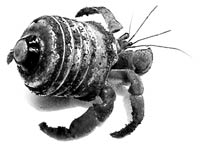
Traverse(s) / Underground. 2010 – 18,19,20 Mai. Trois jours de Conférences, Débats, Concerts publics et gratuits Saint-Étienne.
If you haven’t seen the current group show at the Centro Cultural Español, do yourself a favor and check it out. The group show, Proyecto Habitar (featuring works by Raúl Cárdenas/Torolab, Santiago Cirugeda/Recetas Urbanas, Democracia, Gean Moreno, Ernesto Oroza, Juan Carlos Robles, and Todo por la Praxis), explores ideas of habitability drawing on everything from architecture to urban decay as subject matter.
The focus today is on the collaborative works of Gean Moreno and Ernesto Oroza. Lately the two have been making works utilizing everyday “unnoticed” objects that have optimal and single-minded purposes. Things such as milk crates, for instance, which are designed and utilized solely for the purpose of transporting milk, the two artists slot these items together into architectural entities in ways that hope to undermine their intended usage.
Today from noon to 2 p.m., Moreno and Oroza were slated to hold a workshop, but the artists opted instead to do something a little different. They’ve gathered a bunch of supplies: scissors, papers, balsa wood, a copy machine, and stacks free magazines of which the pages will be blackened out, and the artists invite workshop goers to come out and engage in discussion and also help them create makeshift collage zines that will document their current project.
Centro Cultural Español: 800 Douglas Rd. Suite 170, Miami 305-448-9677; ccemiami.org
Gean Moreno and Ernesto Oroza’s presentation will extend from their collaboratively written text published in issue six of the E-Flux Journal. Click here for full text
Museum of Contemporary Art | 770 NE 125 Street | North Miami | FL | 33161







